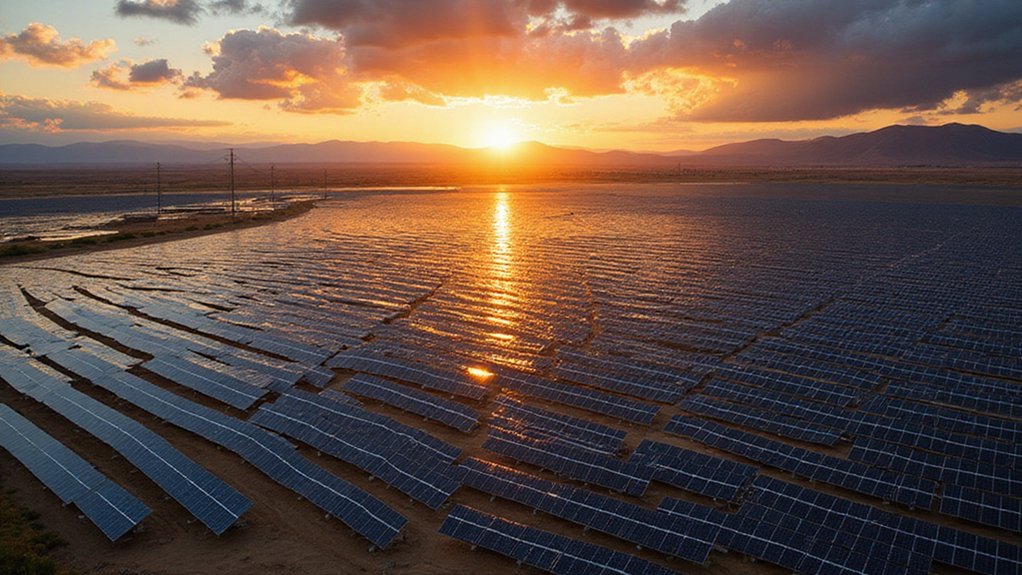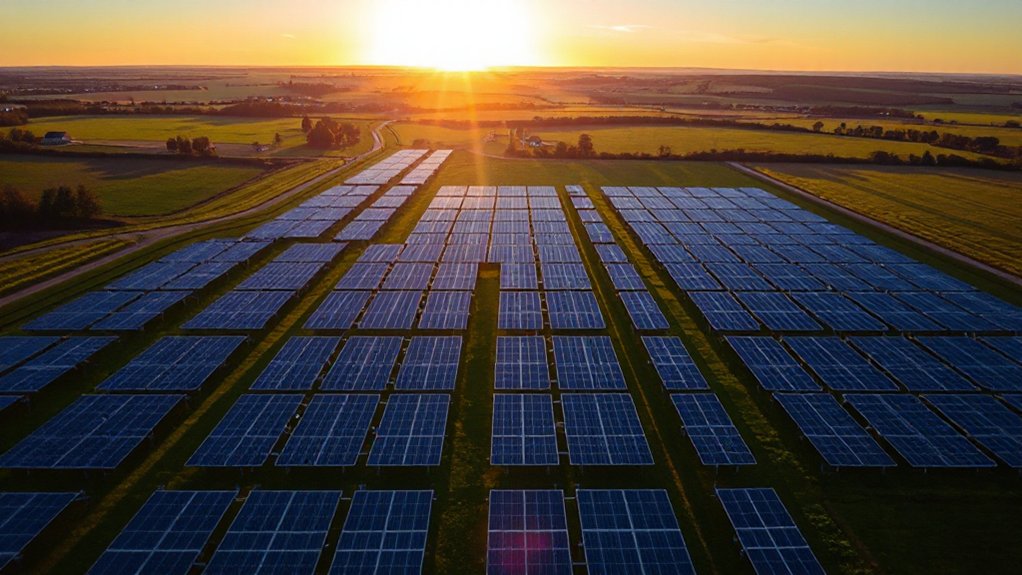Watson Lake, a remote Yukon community, is finally breaking its fossil fuel addiction. After decades of burning diesel like it’s going out of style (which, spoiler alert, it is), the town is embracing clean energy through the ambitious Sādę Solar Initiative. This isn’t your neighbor’s rooftop setup. It’s a massive 2.85 megawatt solar farm with battery storage, backed by a cool $28.6 million from federal, territorial, and First Kaska partners.
Let’s talk numbers. Watson Lake currently burns through 6.4 megawatts of diesel-generated power. That’s a lot of smoke and cash literally going up in the air. Once operational, the solar farm will slash diesel consumption by over 1 million litres annually. That’s 24% less diesel dependency. Not perfect, but not bad either.
The raw math of change: 1 million fewer diesel litres, 24% less dependency. Progress by the numbers.
The project sits on Liard First Nation traditional territory and isn’t just about clean energy—it’s about Indigenous leadership. Chief Stephen Charlie has emphasized that this initiative strongly aligns with First Nation values. First Kaska Utilities LP is calling the shots, with construction already underway. Roads are being upgraded. Equipment is arriving. By 2027, the whole system—panels, batteries, fancy micro-grid controllers—will be humming. The solar panels are expected to operate efficiently for 25-30 years, providing decades of sustainable power to the community.
Climate impact? The project will cut greenhouse gas emissions by 3,509 tonnes yearly. That’s significant for a place this small. Yukon’s already displaced 40 million litres of diesel through renewable initiatives. They’re not messing around.
The economics make sense too. Surplus power gets sold back to the grid during peak production. Jobs are being created. Training is happening. And profits? They’re going right back into more clean energy projects—biomass, wind, whatever works.
It’s not just environmental warm fuzzies. The project is expected to provide economic benefits to the community, though the direct impact on residential energy costs has not been specified. The diesel generators won’t disappear completely—this isn’t fantasy land—but they’ll get breaks during sunny days while batteries pick up the slack. The construction is being carefully planned in two stages to ensure grid stability throughout the implementation process.
Indigenous-led clean energy in the far north. Turns out the future looks pretty bright. Who knew?
References
- https://www.yukon-news.com/news/indigenous-led-solar-project-secures-286m-in-funding-for-yukons-largest-solar-farm-8091702
- https://yukon.ca/en/news/federal-government-invests-indigenous-led-solar-initiative-watson-lake
- https://www.pv-magazine.com/2025/06/23/canada-invests-in-indigenous-led-2-85-mw-solar-project/
- https://www.cbc.ca/lite/story/1.7569563
- https://yukonenergy.ca/media/site_documents/charrette/docs/papers/THERMAL_YEC_Background_Paper.pdf









